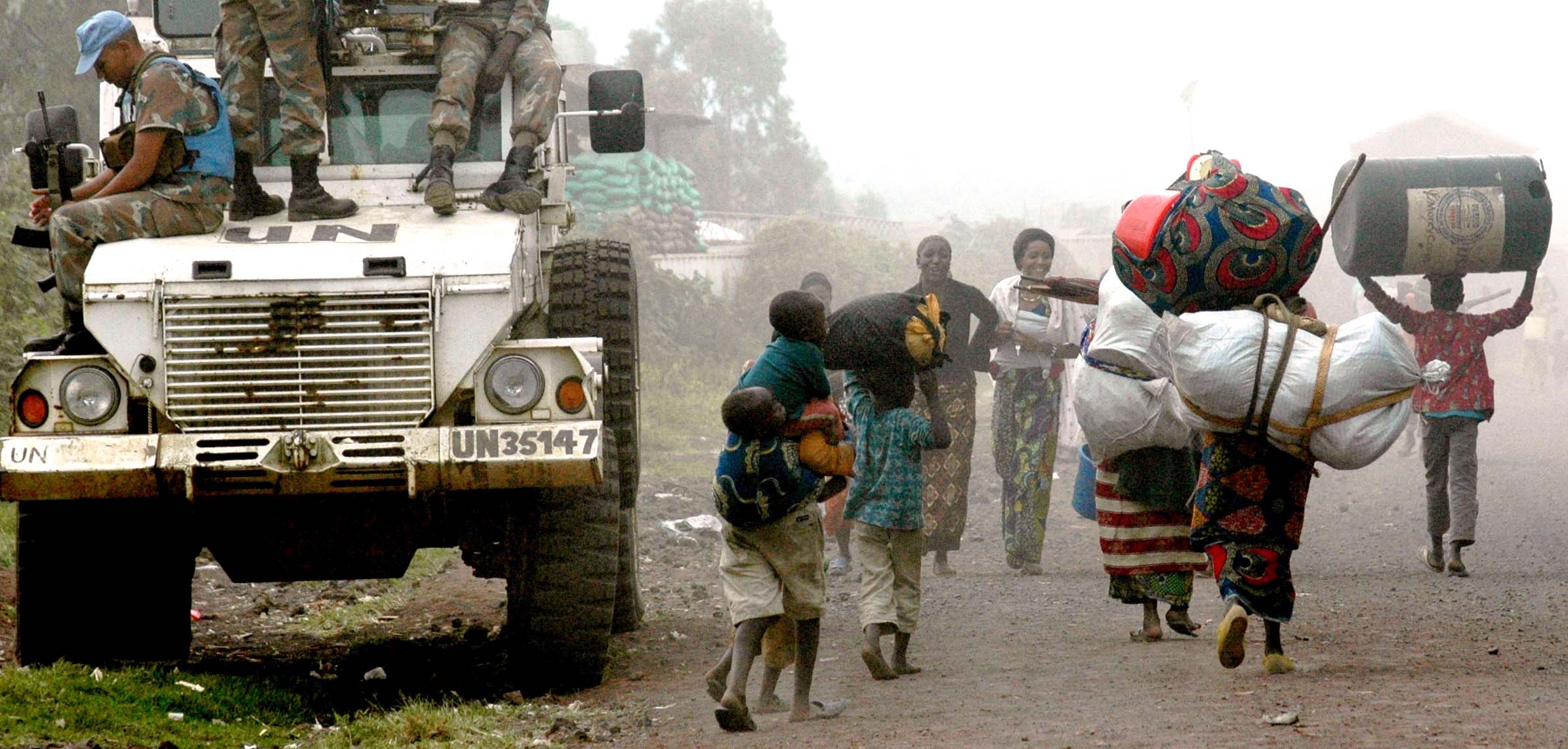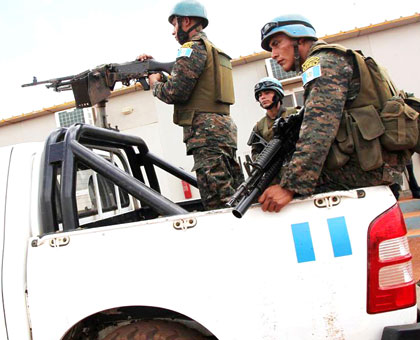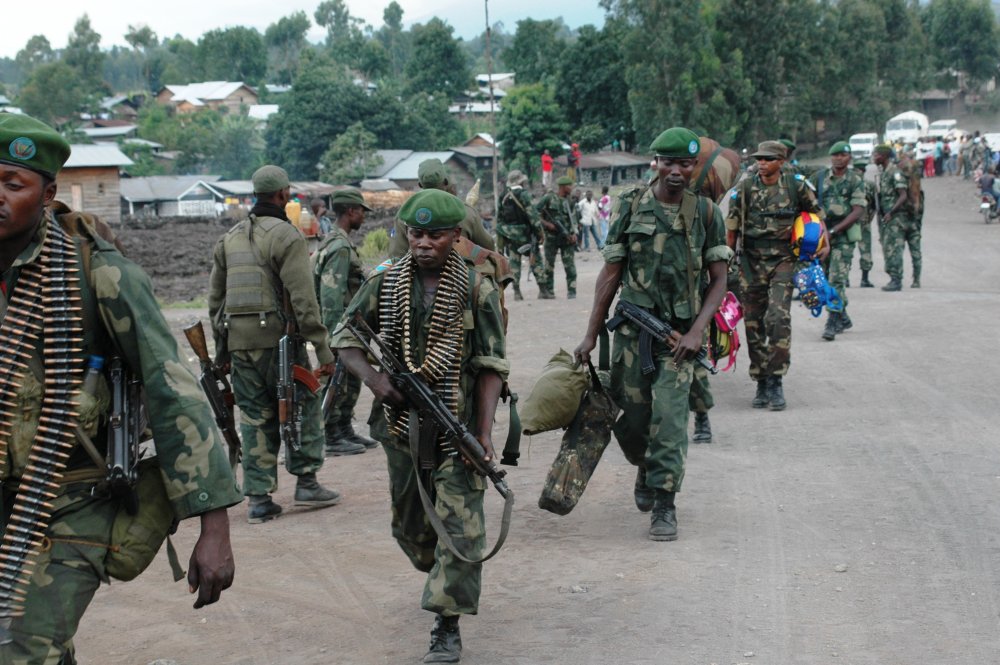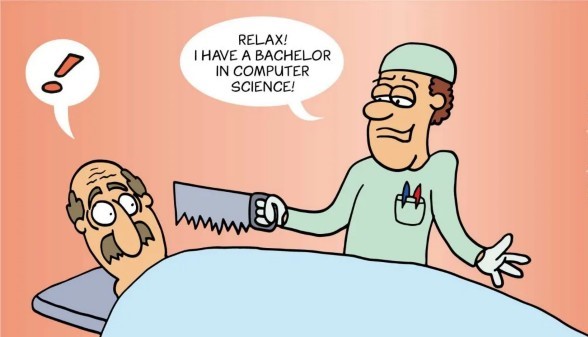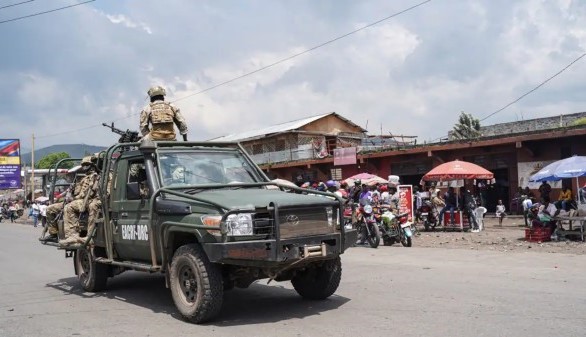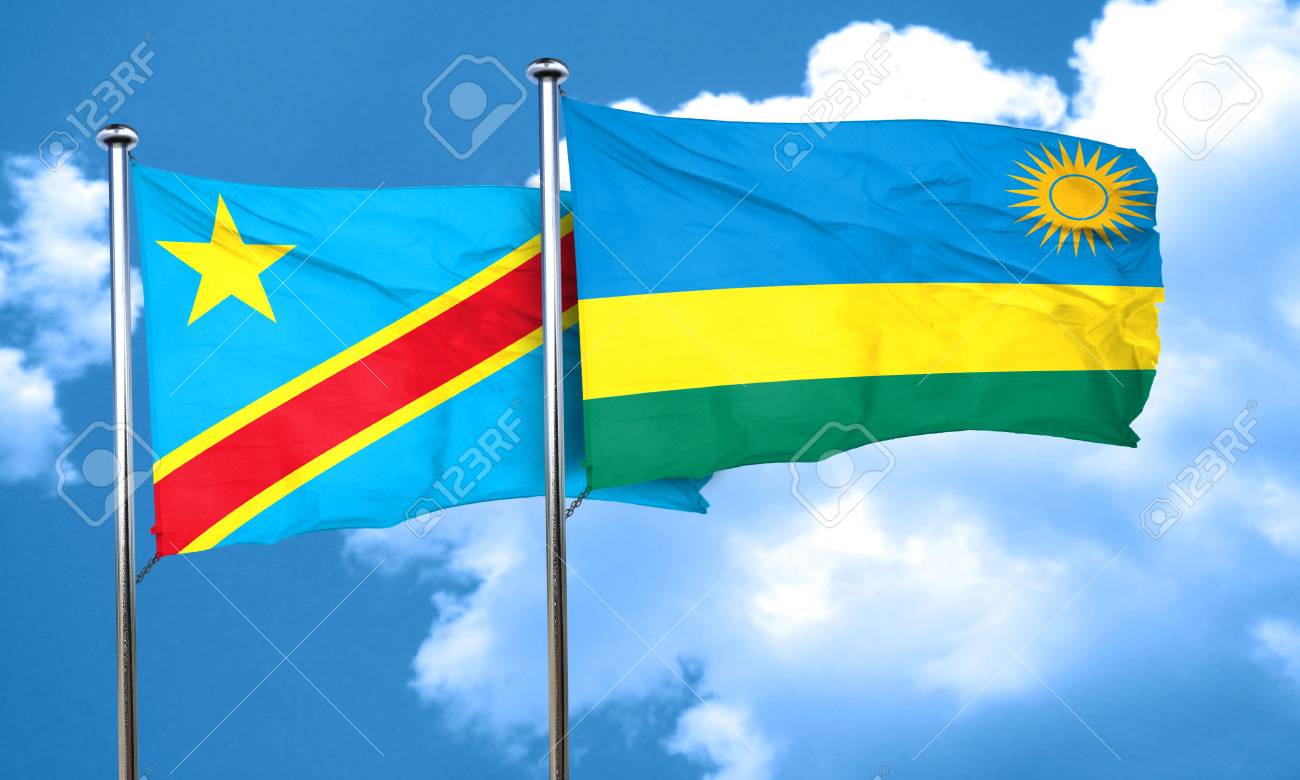Regional
Why UN Group of Experts devalued EAC regional force, praised failed MONUSCO
.jpeg-20230628111323000000.jpeg)
While
addressing journalists on April 17, two days before the end of the UN Group of
Experts’ investigations, former EAC regional force Commander Maj Gen Jeff
Nyagah gave a picture of how his troops’ peace and stability efforts in eastern
DRC ensured a much needed ceasefire amongst warring parties for over one month.
Those
efforts also brought about the withdrawal of M23 rebels from several areas including
Karuba, Mushaki, Neenero, Kirolirwe, Kibirizi, Kitchanga, Rutshuru, Bunagana,
Rumangabo and Kibumba.
The
full deployment of EAC troops to the multinational sector in Masisi and
Rutshuru territories in North Kivu province enhanced the protection of civilians
and created necessary conditions for the reopening of
Kitchanga-Kirolirwe-Sake-Goma and Bunagana-Rutshuru-Rumangabo-Goma main supply routes
thereby enabling free movement of people and goods.
With
just about six months of the EACRF presence in eastern DRC, the regional troops
managed to do what had not been done by the hundreds of UN peacekeepers
operating in the region.
Before
their deployment, in November 2022, the situation between M23 rebels and FARDC
forces was tense and there was no hope of a return to normalcy. Even though full peace is not yet reached, the
regional force invested collective efforts in safeguarding the gains in
restoring peace and stability in eastern DRC through peaceful ways.
However,
the latest report of the UN Group of Experts devalued the regional force’s bold
attempt to resolve the crisis.
The
so-called UN Group of Experts referred to the M23 withdrawal ‘symbolic.’ The
report also deliberately fails to mention the well-documented efforts by Kinshasa
to frustrate the Nairobi and Luanda processes, as well as the good work of EACRF.
“Despite
a symbolic handover by M23 to the East African Community Regional Force of
Kibumba and Rumangabo towns on 23 December 2022 and 5 January 2023,
respectively, M23 leaders and combatants remained present and operational in
those towns and the surrounding areas,” reads part of the report, which sounds more
like the Congolese government’s own report.
Lacking
the annex that supposedly shows the evidence to corroborate the content, the
report also claims that in January and February 2023, “the Group of Experts
received evidence that M23 and RDF had moved troops along this axis, including
through Rugari and Kibumba, to reinforce the western front towards Kitchanga
and Sake,” adding that “such movements were not prevented by the Regional
Force.”
It
takes no genius to notice that the report rehashed Kinshasa’s narrative; accusing
the EAC regional force of collaborating with the M23 because the former did not
engage in offensive operations against the rebels as Kinshasa had expected.
The UNGoE
did not even mention how Kinshasa
constantly thwarted the Luanda and Nairobi peace initiatives prolonging the
eastern DRC conflict.
Congolese
authorities threatened to kick out EAC troops, the only force that tried to
handle the eastern DRC conflict effectively.
Other
than shielding Kinshasa, the latest UNGoE report praised MONUSCO for “the
support it provided during the reporting period.” Most of the information
contained in the report was obtained from the UN Mission’s sources.
The UNGoE
hyped MONUSCO’s only usefulness – providing Kinshasa with intelligence – and failed
to mention its blatant failure to restore peace in the country despite having
over 12,000 troops and an annual budget of more than $1 billion.
Related: Kinshasa’s lack of intelligence speaks
political, security instability
MONUSCO
was deployed to restore peace in the DRC by protecting civilians, facilitating
safe electoral processes and fighting armed groups. It has been in the country
for more than two decades and the opposite has happened. The number of armed
groups has increased to more than 130. Local communities do not have a good
relationship with the mission because it has failed to protect them. Ever since
it was set up, in November 1999, the then MONUC – renamed MONUSCO in 2010 – has
proved very useless.
Related: Rwanda’s 1994 UN mission no different from
MONUSCO
Despite
its constant ineptness, MONUSCO’s exit time remains unclear. And the UNGoE deliberately
praised it for a reason. Analysts have
pointed out how, every year, the UN peacekeeping mission’s term in DRC is up
for renewal but nothing ever happens.
Clearly,
the latest UN Group of Experts report was meant to alarm the Congolese public
opinion - by announcing an imminent attack by Rwanda – to ensure the impotent
UN mission’s mandate is renewed.
The
authors of the report have a sinister agenda, far from contributing to the
restoration of peace and stability in eastern DRC.


